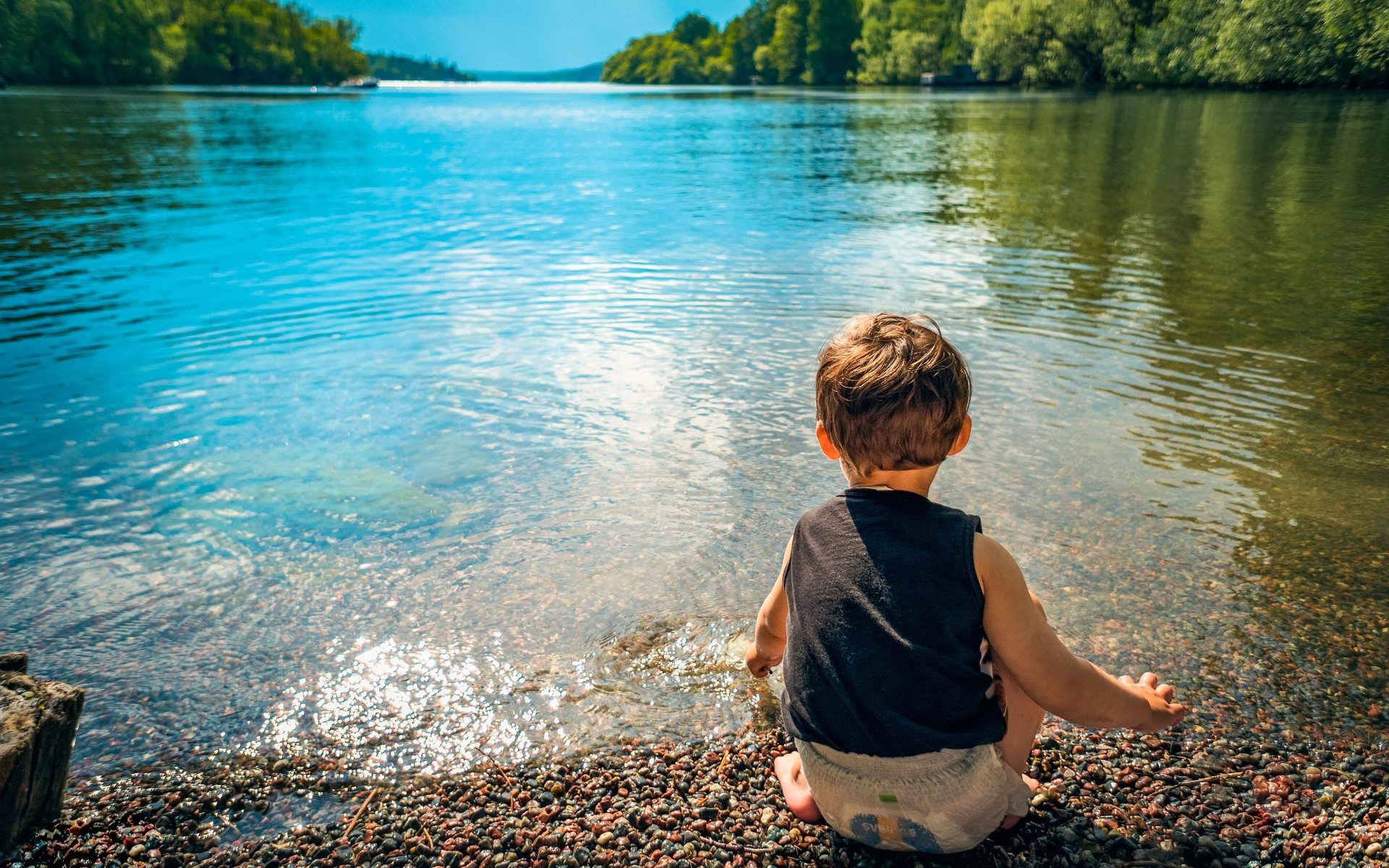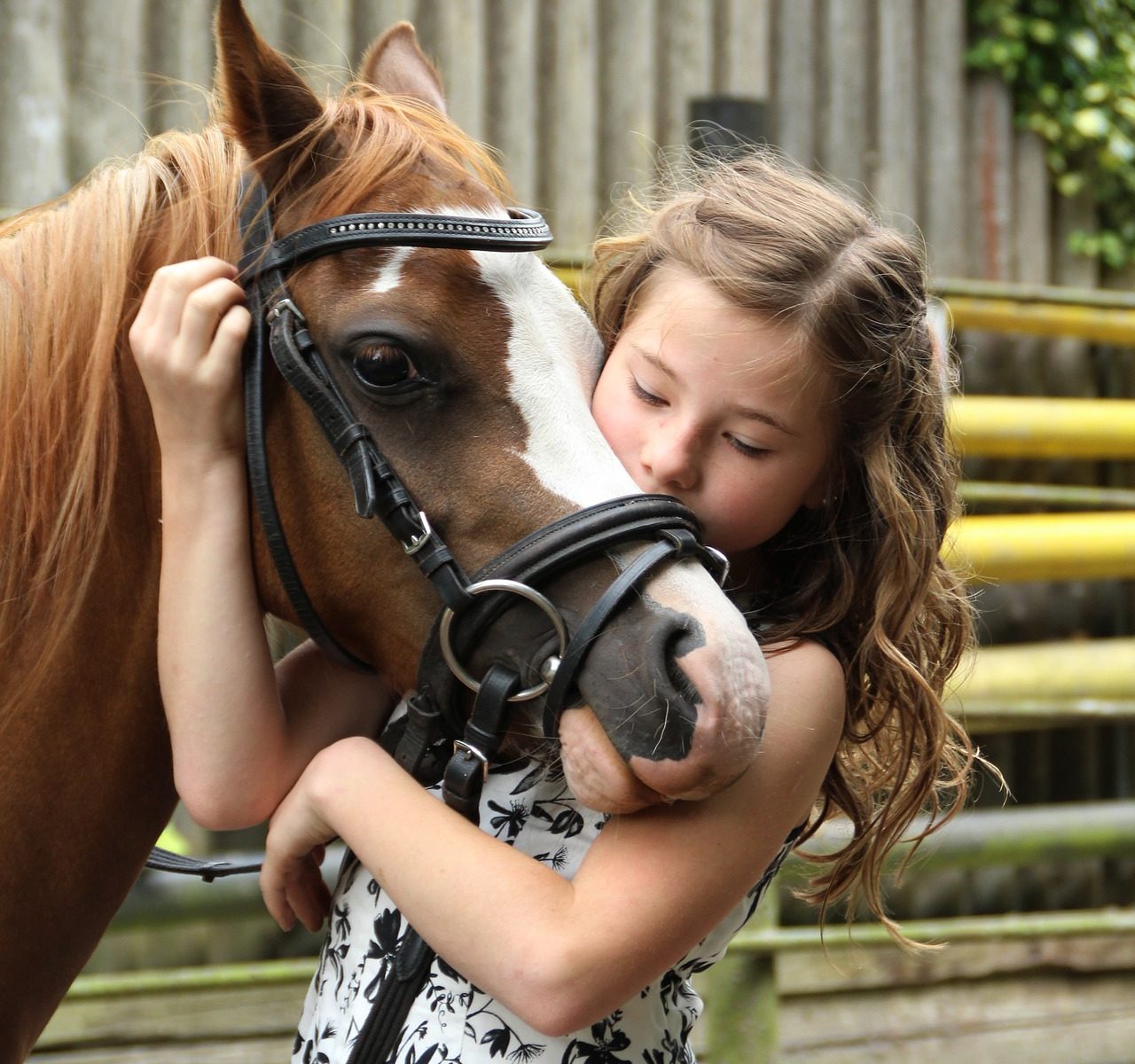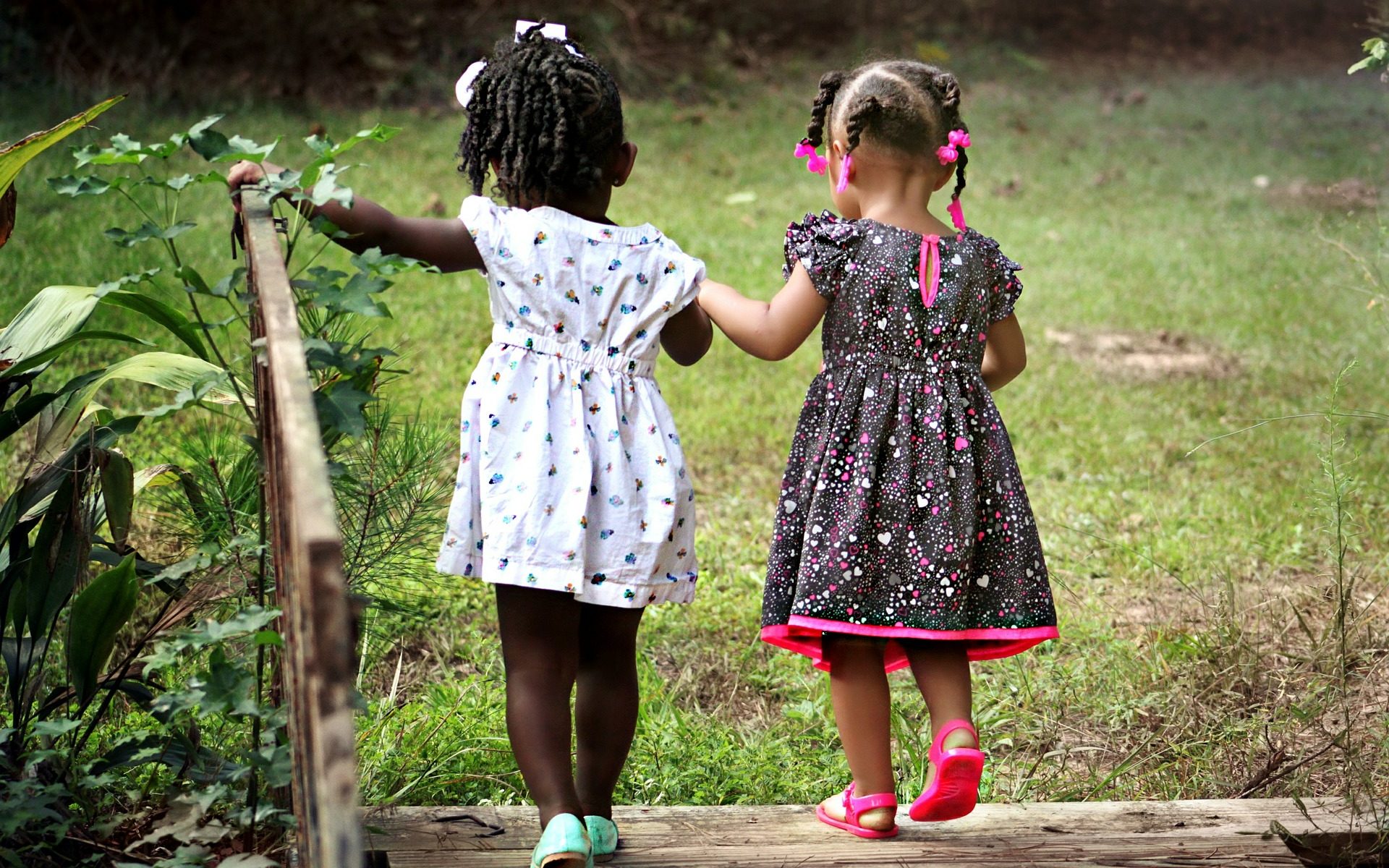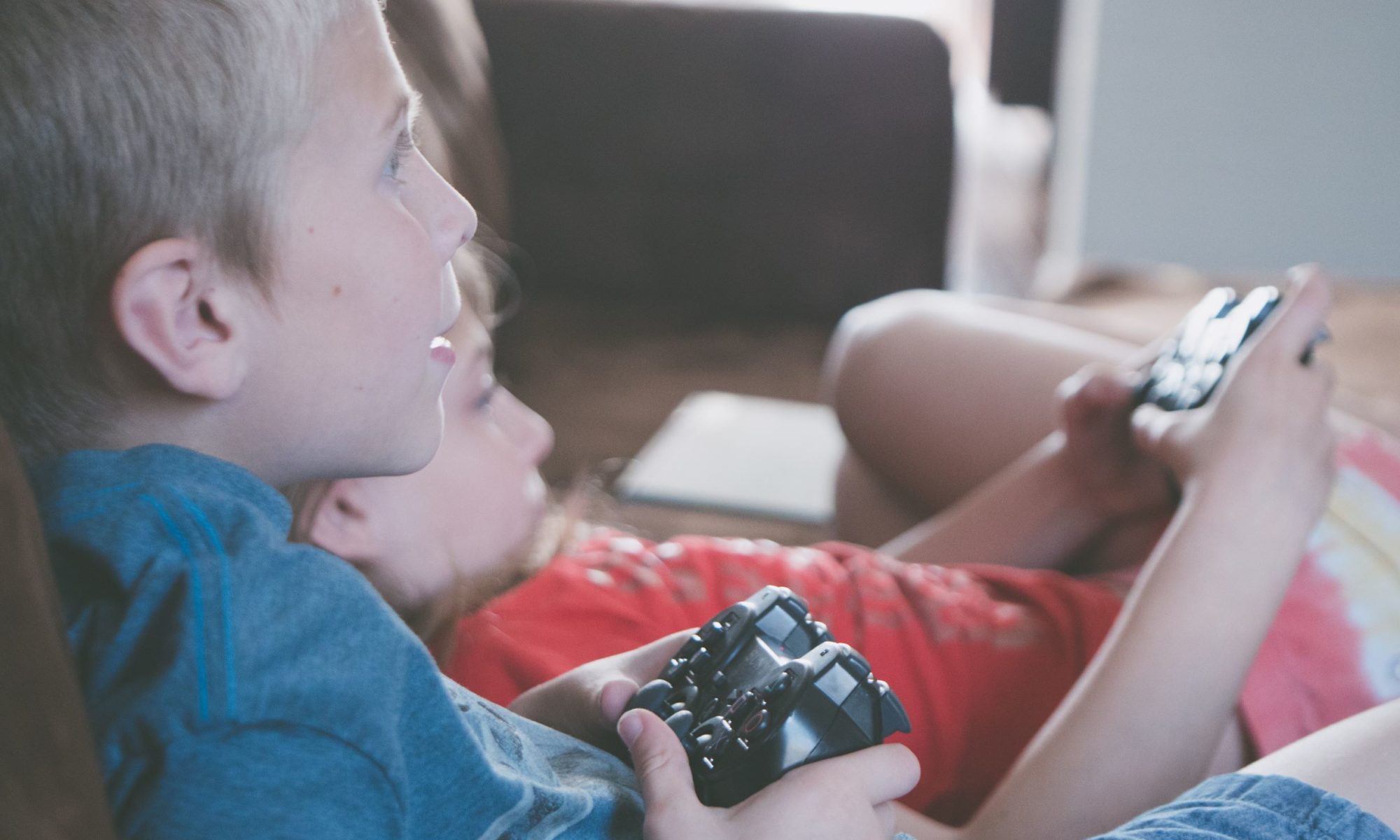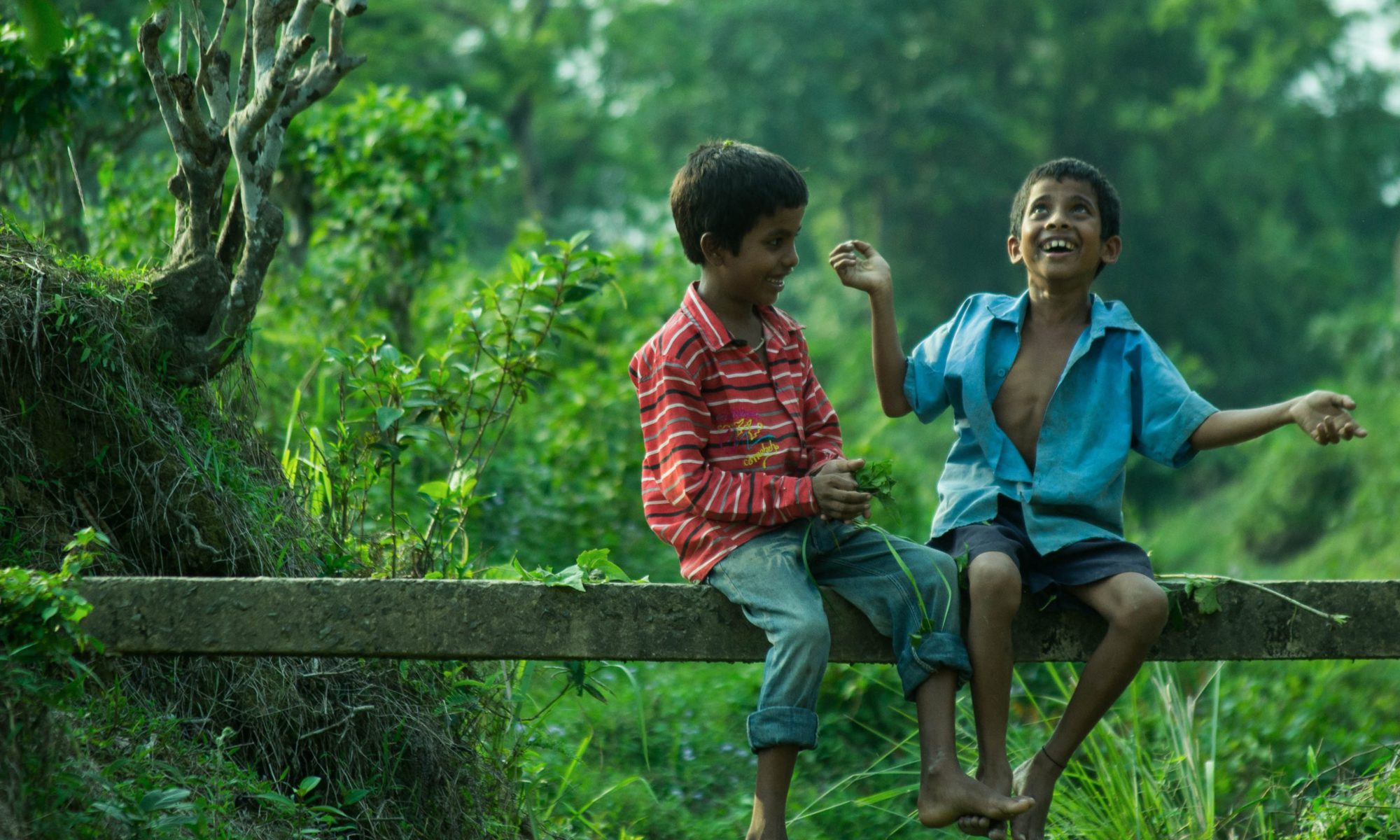There’s a reason kids are more anxious and depressed than ever. Rates of depression and anxiety among young people in America have been increasing steadily for the past 50 to 70 years. Today, by at least some estimates, five to eight times as many high school and college students meet the criteria for a diagnosis of major depression and/or anxiety disorder as was true half a century or more ago. This increased psychopathology is not the result of changed diagnostic criteria; it holds even when the measures and criteria are constant.
The most recent evidence for the sharp generational rise in young people’s depression, anxiety, and other mental disorders comes from a just-released study headed by Jean Twenge at San Diego State University.[1] Twenge and her colleagues took advantage of the fact that the Minnesota Multiphasic Personality Inventory (MMPI), a questionnaire used to assess a variety of mental disorders, has been given to large samples of college students throughout the United States going as far back as 1938, and the MMPI-A (the version used with younger adolescents) has been given to samples of high school students going as far back as 1951. The results are consistent with other studies, using a variety of indices, which also point to dramatic increases in anxiety and depression—in children as well as adolescents and young adults—over the last five or more decades.
We would like to think of history as progress, but if progress is measured in the mental health and happiness of young people, then we have been going backward at least since the early 1950s.
The question I want to address here is why.
The increased psychopathology seems to have nothing to do with realistic dangers and uncertainties in the larger world. The changes do not correlate with economic cycles, wars, or any of the other kinds of world events that people often talk about as affecting children’s mental states. Rates of anxiety and depression among children and adolescents were far lower during the Great Depression, World War II, the Cold War, and the turbulent 1960s and early ’70s than they are today. The changes seem to have much more to do with the way young people view the world than with the way the world actually is.
Decline in Young People’s Sense of Personal Control Over Their Fate
One thing we know about anxiety and depression is that they correlate significantly with people’s sense of control or lack of control over their own lives. People who believe that they are in charge of their own fate are less likely to become anxious or depressed than those who believe that they are victims of circumstances beyond their control. You might think that the sense of personal control would have increased over the last several decades. Real progress has occurred in our ability to prevent and treat diseases; the old prejudices that limited people’s options because of race, gender, or sexual orientation have diminished; and the average person is wealthier than in decades past. Yet the data indicate that young people’s belief that they have control over their own destinies has declined sharply over the decades.
The standard measure of sense of control is a questionnaire developed by Julien Rotter in the late 1950s called the Internal-External Locus of ControlScale. The questionnaire consists of 23 pairs of statements. One statement in each pair represents belief in an Internal locus of control (control by the person) and the other represents belief in an External locus of control(control by circumstances outside of the person). The person taking the test must decide which statement in each pair is more true. One pair, for example, is the following:
- (a) I have found that what is going to happen will happen.
- (b) Trusting to fate has never turned out as well for me as making a decision to take a definite course of action.
In this case, choice (a) represents an External locus of control and (b) represents an Internal locus of control.
Many studies over the years have shown that people who score toward the Internal end of Rotter’s scale fare better in life than do those who score toward the External end.[2] They are more likely to get good jobs that they enjoy, take care of their health, and play active roles in their communities—and they are less likely to become anxious or depressed.
In a research study published a few years ago, Twenge and her colleagues analyzed the results of many previous studies that used Rotter’s Scale with young people from 1960 through 2002.[3] They found that over this period average scores shifted dramatically—for children aged 9 to 14 as well as for college students—away from the Internal toward the External end of the scale. In fact, the shift was so great that the average young person in 2002 was more External than were 80% of young people in the 1960s. The rise in Externality on Rotter’s scale over the 42-year period showed the same linear trend as did the rise in depression and anxiety.
[Correction: The locus of control data used by Twenge and her colleagues for children age 9 to 14 came from the Nowicki-Strickland Scale, developed by Bonnie Strickland and Steve Nowicki, not from the Rotter Scale. Their scale is similar to Rotter’s, but modified for use with children.]
It is reasonable to suggest that the rise of Externality (and decline of Internality) is causally related to the rise in anxiety and depression. When people believe that they have little or no control over their fate they become anxious: “Something terrible can happen to me at any time and I will be unable to do anything about it.” When the anxiety and sense of helplessness become too great people become depressed: “There is no use trying; I’m doomed.”
Shift Toward Extrinsic Goals, Away From Intrinsic Goals
Twenge’s own theory is that the generational increases in anxiety and depression are related to a shift from “intrinsic” to “extrinsic” goals.[1] Intrinsic goals are those that have to do with one’s own development as a person—such as becoming competent in endeavors of one’s choosing and developing a meaningful philosophy of life. Extrinsic goals, on the other hand, are those that have to do with material rewards and other people’s judgments. They include goals of high income, status, and good looks. Twenge cites evidence that young people today are, on average, more oriented toward extrinsic goals and less oriented toward intrinsic goals than they were in the past. For example, an annual poll of college freshmen shows that most students today list “being well off financially” as more important to them than “developing a meaningful philosophy of life”—the reverse was true in the 1960s and 1970s.[4]
The shift toward extrinsic goals could well be related causally to the shift toward an External locus of control. We have much less personal control over achievement of extrinsic goals than intrinsic goals. I can, through personal effort, quite definitely improve my competence, but that doesn’t guarantee that I’ll get rich. I can, through spiritual practices or philosophical delving, find my own sense of meaning in life, but that doesn’t guarantee that people will find me more attractive or lavish praise on me. To the extent that my emotional sense of satisfaction comes from progress toward intrinsic goals I can control my emotional wellbeing. To the extent that my satisfaction comes from others’ judgments and rewards, I have much less control over my emotional state.
Twenge suggests that the shift from intrinsic to extrinsic goals represents a general shift toward a culture of materialism, transmitted through television and other media. Young people are exposed from birth to advertisements and other messages implying that happiness depends on good looks, popularity, and material goods. My guess is that Twenge is at least partly correct on this, but I will suggest a further cause, which I think is even more significant and basic: My hypothesis is that the generational increases in Externality, extrinsic goals, anxiety, and depression are all caused largely by the decline, over that same period, in opportunities for free play and the increased time and weight given to schooling.
How the Decline of Free Play May Have Caused a Decline in Sense of Control and in Intrinsic Goals, and a Rise in Anxiety and Depression
As I pointed out here and here—and as others have pointed out in recent popular books[5]—children’s freedom to play and explore on their own, independent of direct adult guidance and direction, has declined greatly in recent decades. Free play and exploration are, historically, the means by which children learn to solve their own problems, control their own lives, develop their own interests, and become competent in pursuit of their own interests. This has been the theme of many of my previous posts. (See, for example, the series of posts on “The Value of Play.”) In fact, play, by definition, is activity controlled and directed by the players; and play, by definition, is directed toward intrinsic rather than extrinsic goals.
By depriving children of opportunities to play on their own, away from direct adult supervision and control, we are depriving them of opportunities to learn how to take control of their own lives. We may think we are protecting them, but in fact we are diminishing their joy, diminishing their sense of self-control, preventing them from discovering and exploring the endeavors they would most love, and increasing the odds that they will suffer from anxiety, depression, and other disorders.
How Coercive Schooling Deprives Young People of Personal Control, Directs Them Toward Extrinsic Goals, and Promotes Anxiety and Depression
During the same half-century or more that free play has declined, school and school-like activities (such as lessons out of school and adult-directed sports) have risen continuously in prominence. Children today spend more hours per day, days per year, and years of their life in school than ever before. More weight is given to tests and grades than ever. Outside of school, children spend more time than ever in settings in which they are directed, protected, catered to, ranked, judged, and rewarded by adults. In all of these settings, adults are in control, notchildren.
In school, children learn quickly that their own choices of activities and their own judgments of competence don’t count; what matters are the teachers’ choices and judgments. Teachers are not entirely predictable: You may study hard and still get a poor grade because you didn’t figure out exactlywhat the teacher wanted you to study or guess correctly what questions he or she would ask. The goal in class, in the minds of the great majority of students, is not competence but good grades. Given a choice between really learning a subject and getting an A, the great majority of students would, without hesitation, pick the latter. That is true at every stage in the educational process, at least up to the level of graduate school. That’s not the fault of students; that’s our fault. We’ve set it up that way. Our system of constant testing and evaluation in school—which becomes increasingly intense with every passing year—is a system that very clearly substitutes extrinsic rewards and goals for intrinsic ones. It is almost designed to produce anxiety and depression.[6]
School is also a place where children have little choice about with whom they can associate. They are herded into spaces filled with other children that they did not choose, and they must spend a good portion of each school day in those spaces. In free play, children who feel harassed or bullied can leave the situation and find another group that is more compatible; in school, they cannot. Whether the bullies are other students or teachers (which is all too common), the child usually has no choice but to face those persons day after day.
The results are sometimes disastrous.
A few years ago, Mihaly Csikszentmihalyi and Jeremy Hunter conducted a study of happiness and unhappiness in public school students in 6th through 12th grade.[7] Each of 828 participants, from 33 different schools in 12 different communities across the country, wore a special wristwatch for a week, programmed to provide a signal at random times between 7:30 am and 10:30 pm. Whenever the signal went off participants filled out a questionnaire indicating where they were, what they were doing, and how happy or unhappy they were at the moment.
The lowest levels of happiness by far (surprise, surprise) occurred when children were at school, and the highest levels occurred when they were out of school and conversing or playing with friends. Time spent with parents fell in the middle of the range. Average happiness increased on weekends, but then plummeted from late Sunday afternoon through the evening, in anticipation of the coming school week.
As a society, we have come to the conclusion that children must spend increasing amounts of time in the very setting where they least want to be. The cost of that belief, as measured by the happiness and mental health of our children, is enormous.
It is time to re-think education.
Another Way
Anyone who looks honestly at the experiences of students at Sudbury model democratic schools and of unschoolers—where freedom, play, and self-directed exploration prevail—knows that there is another way. We don’t need to drive kids crazy to educate them. Given freedom and opportunity, without coercion, young people educate themselves. They do so joyfully, and in the process develop intrinsic values, personal self-control, and emotional wellbeing. That’s the overriding message of the whole series of essays in this blog. It’s time for society to take an honest look.
In my last post I invited readers to submit their stories of self-directed education, and many of you have responded. That invitation is still open, but please respond soon. Over the next several weeks I will post essays about how children learn to read through their self-directed play and exploration, how and why they learn math, and how they develop special interests and skills that lead eventually to careers.
link to original article
Notes
[1] Twenge, J., et al., (2010). Birth cohort increases in psychopathology among young Americans, 1938-2007: A cross-temporal meta-analysis of the MMPI. In press, Clinical Psychology Review 30, 145-154.
[2] For references, see Twenge et al. (2004).
[3] Twenge, J. et al. (2004). Its beyond my control: A cross-temporal meta-analysis of increasing externality in locus of control, 1960-2002. Personality and Social Psychology Review, 8, 308-319.
[4] Pryor, J. H., et al. (2007). The American freshman: Forty-year trends, 1966-2006. Los Angeles: Higher Education Research Institute.
[5] Examples of such books are Hara Estroff Marano’s A Nation of Wimpsand Lenore Skenazy’s Free Range Kids.
[6] Consistent with this claim is evidence that the more academically competitive the school, the greater is the incidence of student depression. Herman, K. C., et al. (2009). Childhood depression: Rethinking the role of school. Psychology in the Schools, 46, 433-446.
[7] Csikszentmihalyi, M., & Hunter, J. (2003). Happiness in everyday life: The uses of experience sampling. Journal of Happiness Studies, 4, 185-199.


